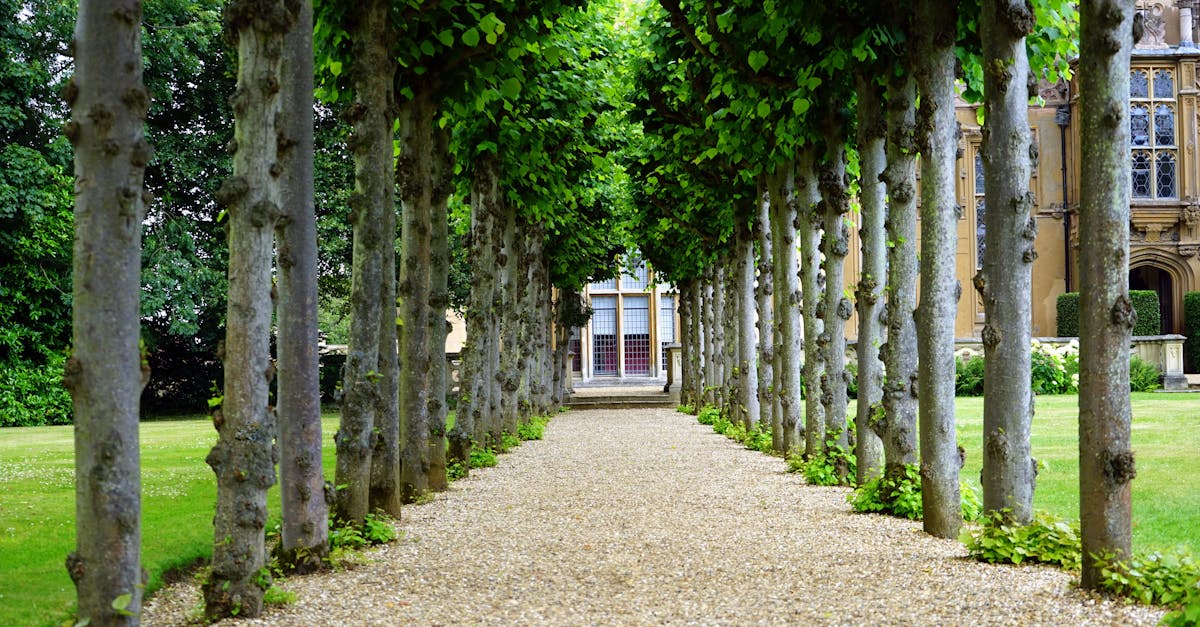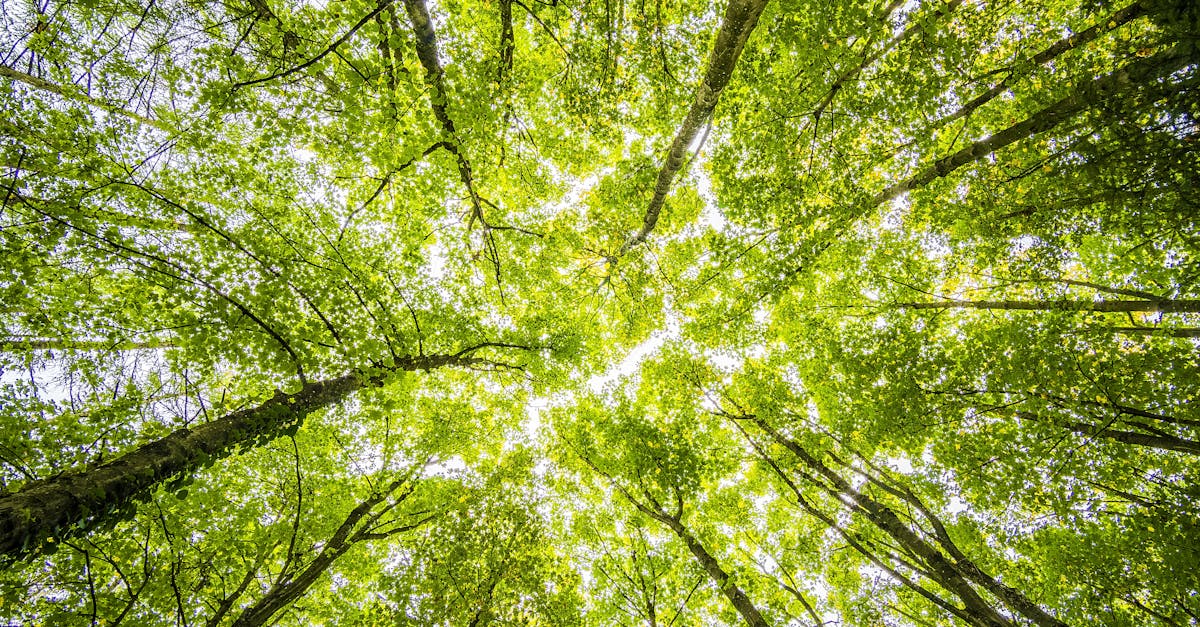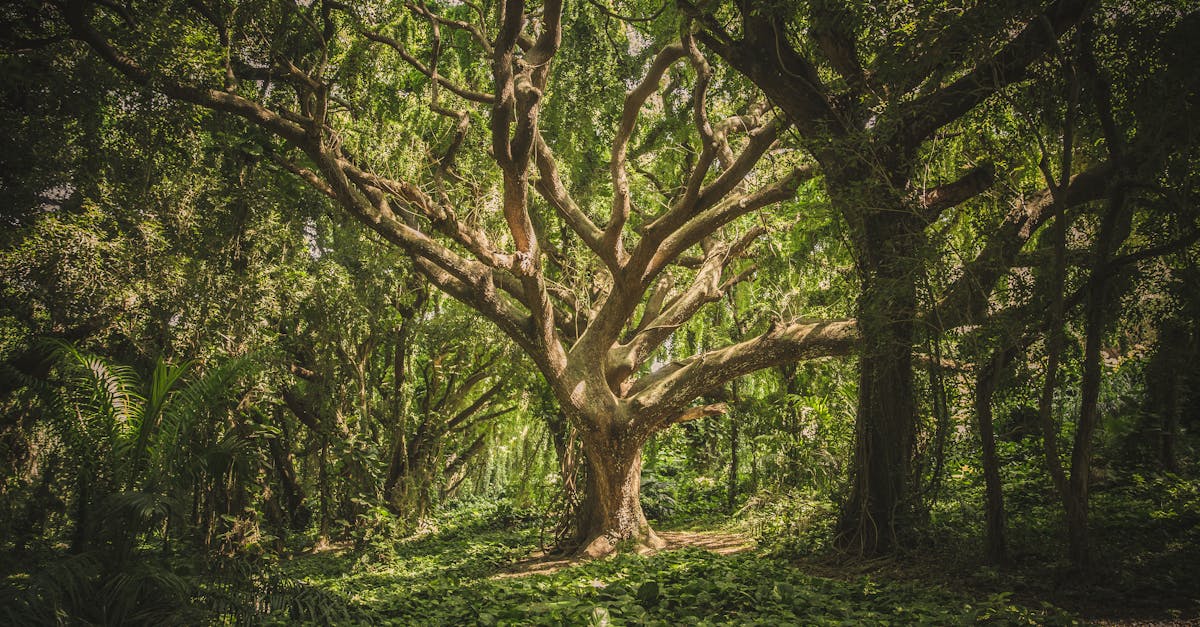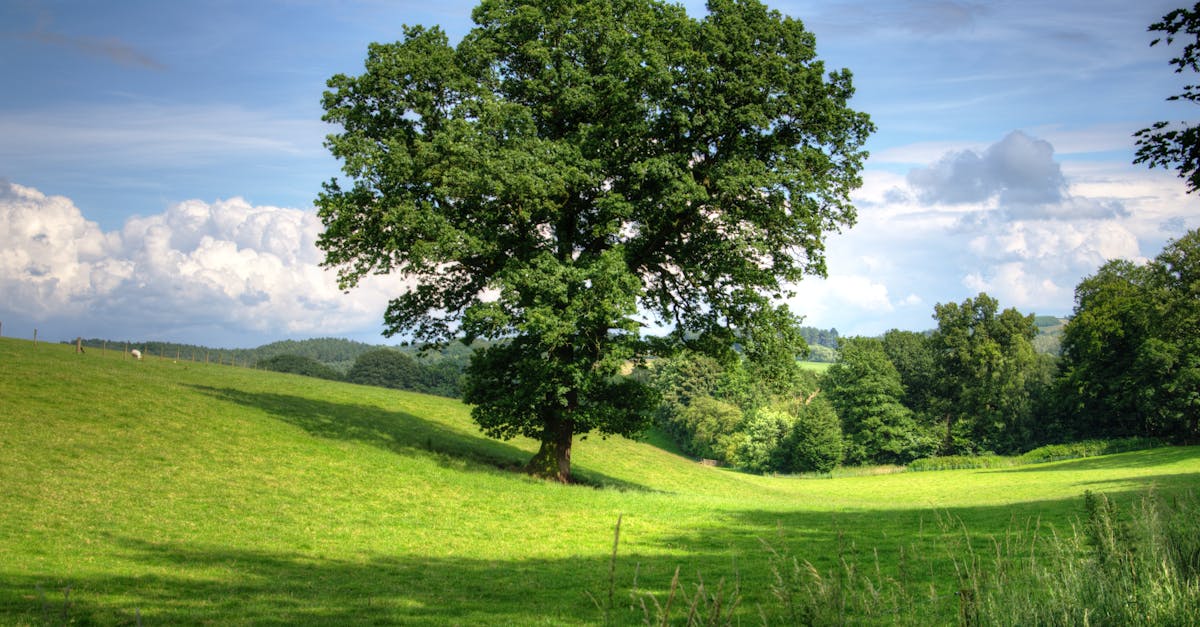
Tree Planting
Selene Tree Services provides expert tree planting services for residential and commercial properties. Our team of skilled arborists will carefully assess the soil quality, lighting conditions, and space availability on your property to determine the best tree species to plant. We offer a wide variety of native and ornamental trees to choose from, ensuring beautiful and sustainable landscaping for years to come. Whether you're looking to add shade, privacy, or aesthetic appeal to your outdoor space, Selene Tree Services can help you plant the perfect tree for your needs. Our affordable rates and commitment to customer satisfaction make us the top choice for tree planting services in the area. Contact us today for a free consultation!
Tree Care Tips for Healthy Forests
To ensure healthy forests and promote sustainable reforestation efforts, proper tree care is essential. One crucial tip is to choose the right species for the specific environment and soil conditions. Understanding the compatibility of the tree species with the local climate and soil type is key to their successful growth and development. It is also important to plant native species whenever possible as they are better adapted to the local ecosystem and tend to support greater biodiversity.
In addition to selecting the right tree species, providing adequate water and nutrients is vital for tree health. Regular watering, especially during the first growing seasons, helps young trees establish strong root systems. Mulching around the base of the tree can help retain moisture, suppress weed growth, and regulate soil temperature. Fertilizing trees with the appropriate nutrients can also enhance their growth and resilience against diseases and pests. Regular inspection for signs of diseases or pests, as well as timely pruning to maintain healthy tree structures, are also important aspects of tree care for healthy forests.
Proper Pruning and Maintenance Guide
Proper pruning and maintenance are essential practices to ensure the health and longevity of trees in both urban and natural settings. Regular pruning helps to shape the tree, control its size, and promote strong branch structure. When done correctly, pruning can also help prevent the spread of diseases and improve overall tree health. It is recommended to prune trees during their dormant season to reduce stress and promote new growth in the spring.
When pruning trees, always use sterilized tools to avoid introducing pathogens that could harm the tree. Make clean cuts just outside the branch collar to promote proper healing and reduce the risk of infections. Avoid leaving stubs or cutting too close to the trunk, as this can hinder the tree's ability to compartmentalize wounds. Regularly inspect trees for signs of disease, pests, or damage, and promptly address any issues to prevent further complications. Proper care and maintenance not only enhance the aesthetic appeal of trees but also contribute to their overall health and resilience.
Challenges in Reforestation Efforts
Reforestation efforts face a myriad of challenges that can hinder the success of tree planting initiatives. One significant obstacle is the presence of invasive species that can outcompete newly planted trees for resources and disrupt the natural ecosystem balance. These non-native species often spread rapidly and can pose a threat to the survival of indigenous tree species by outshading them or introducing diseases into the environment.
Another common challenge in reforestation projects is the risk of transplant shock. When trees are moved from nurseries to planting sites, they may undergo physiological stress from the environmental changes. Factors such as temperature variations, soil conditions, and exposure to elements can contribute to transplant shock, leading to decreased survival rates among newly planted trees. Proper care and maintenance techniques, such as adequate watering, mulching, and monitoring for signs of distress, are crucial in minimizing the impact of transplant shock on reforestation efforts.
Invasive Species and Natural Regeneration
Invasive species pose a significant threat to the natural regeneration of forests. These non-native plants and animals can outcompete native species for resources, disrupt ecosystems, and alter the biodiversity of a region. Their aggressive growth can inhibit the growth of native vegetation, leading to degraded habitats and decreased resilience to environmental stressors. Invasive species can also impact the animals that rely on native plants for food and shelter, further disrupting the balance of the ecosystem.
Natural regeneration, on the other hand, involves the spontaneous growth of native plant species without human intervention. This process is crucial for the restoration and conservation of ecosystems, particularly in areas that have been affected by disturbances like logging or wildfires. By allowing native vegetation to regrow naturally, the diversity and resilience of the ecosystem can be enhanced. Natural regeneration also plays a vital role in carbon sequestration, as healthy forests act as carbon sinks, helping to mitigate the effects of climate change.
The Role of Trees in Urban Ecosystems
Urban trees play a crucial role in enhancing the overall well-being of urban ecosystems. They provide a myriad of ecosystem services such as improving air quality by absorbing pollutants and particles, reducing the urban heat island effect by providing shade, and offering habitats for wildlife within the city. Additionally, trees help mitigate the impacts of climate change by sequestering carbon dioxide through photosynthesis and thus reducing greenhouse gas emissions in urban areas.
Furthermore, the presence of urban trees contributes to the social and economic sustainability of cities. Trees not only enhance the aesthetics of urban landscapes but also provide recreational spaces for residents to engage with nature, promoting mental and physical well-being. Economically, urban trees increase property values, reduce energy costs by providing natural cooling and windbreaks, and support local businesses by attracting tourists and shoppers. Overall, trees in urban environments are essential for creating livable, resilient, and sustainable cities for present and future generations.
Canopy Cover and Urban Trees
Urban trees play a crucial role in enhancing the quality of life in cities across the globe. One of the key benefits of urban trees is their ability to provide canopy cover, which helps in reducing the urban heat island effect. The shade provided by tree canopies helps to lower temperatures in urban areas, making the environment more comfortable for residents during hot summer months. Additionally, tree canopies contribute to air purification by absorbing pollutants and releasing oxygen into the atmosphere.
Furthermore, urban trees play an essential role in improving water quality and reducing stormwater runoff in cities. Tree canopies intercept rainfall, reducing the impact of erosion and flooding in urban areas. By absorbing water through their roots and transpiring it back into the atmosphere, trees help to alleviate strain on drainage systems and improve water quality by filtering pollutants. The presence of urban trees also enhances biodiversity in cities, providing habitat and food sources for various species of birds, insects, and other wildlife.
FAQS
What are some tree care tips for maintaining healthy forests?
Some tree care tips for healthy forests include regular watering, mulching, proper pruning, and periodic inspections for pests and diseases.
How can proper pruning and maintenance help in tree planting efforts?
Proper pruning and maintenance help in tree planting efforts by ensuring healthy growth, improving tree structure, and reducing the risk of diseases and pests.
What are some challenges faced in reforestation efforts?
Challenges in reforestation efforts include invasive species competition, lack of suitable habitat for native species, climate change impacts, and limited resources for tree planting and maintenance.
How do invasive species affect natural regeneration in forests?
Invasive species can outcompete native plants for resources, disrupt natural ecosystems, and hinder the regeneration of native tree species, impacting the overall health of forests.
What role do trees play in urban ecosystems?
Trees in urban ecosystems provide numerous benefits such as improving air quality, reducing urban heat island effect, providing wildlife habitat, and enhancing overall quality of life for urban residents.
How does canopy cover contribute to the health of urban trees?
Canopy cover helps in regulating temperature, reducing stormwater runoff, providing shade, and supporting biodiversity in urban areas, which are essential for the health and sustainability of urban trees.


